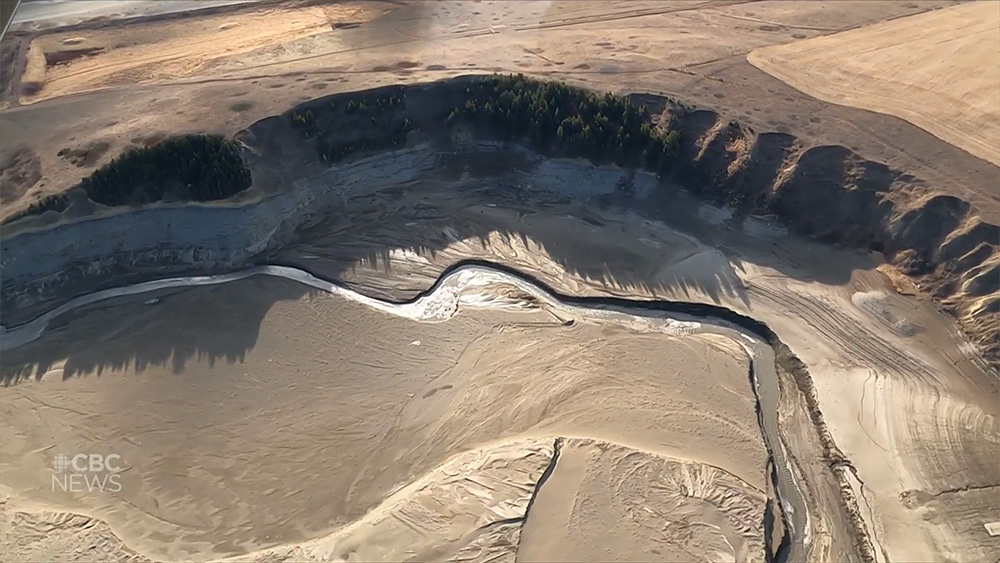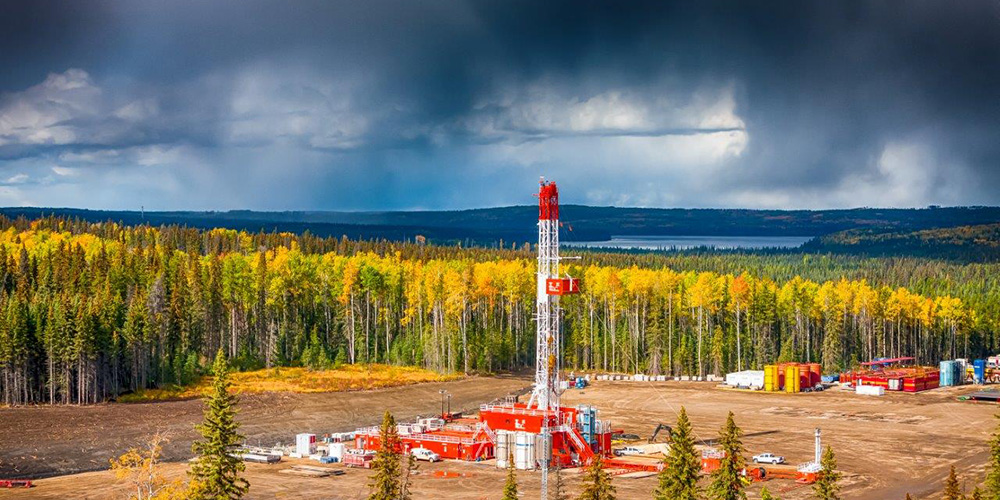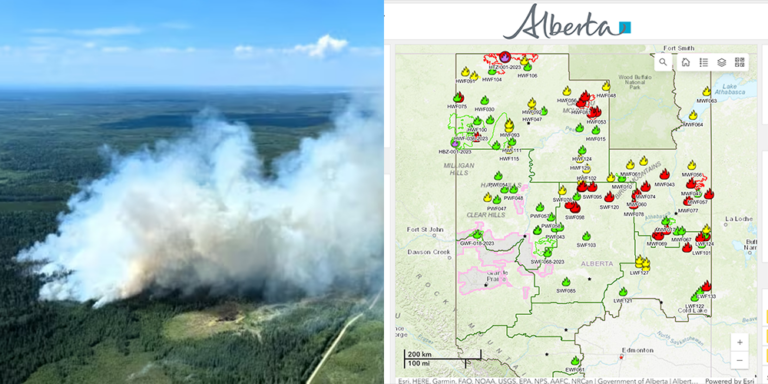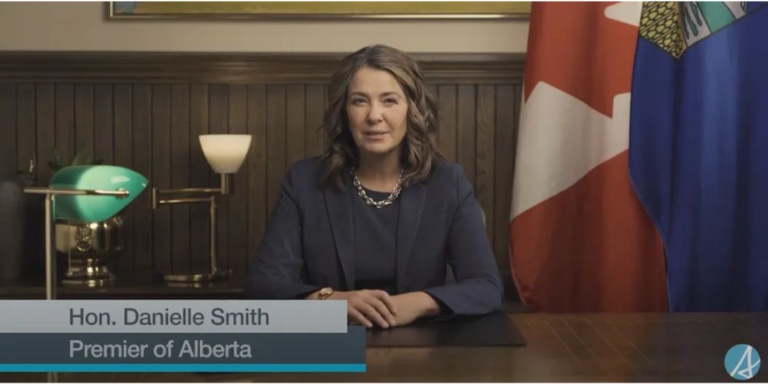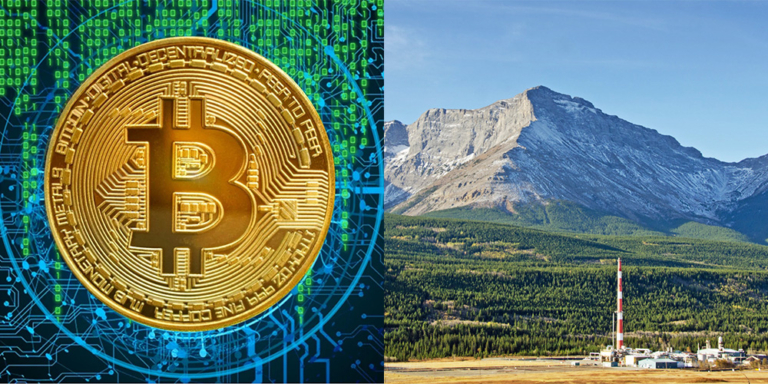Even though we received some good rains in May, Albertans are still facing another potentially devastating summer of drought.
This would be the fourth summer in a row of lower-than-normal moisture.

While farmers scramble to find enough water to grow their crops and communities like Pincher Creek have been forced to truck in water to keep the taps flowing, Big Oil is sucking back vast amounts of water to frack for oil and gas.
Fracking, or hydraulic fracturing, pumps underground water to force oil and gas out of tight rock formations.
According to a Natural Resources Canada study, up to 70 percent of the oil and gas stays underground during fracking, and any water that returns to the surface is unfit for drinking.
The Canadian Association of Petroleum Producers (CAPP) says a single fracking operation can guzzle 5 million and 30 million litres of fresh water from lakes, rivers and underground aquifers.
To put this into perspective, the Green Calgary Association estimates that the average Calgarian family of four uses roughly 1,000 litres per day, equivalent to eight bathtubs full of water.
So, one thirsty fracking operation wastes enough water to meet the annual water needs of 82 Albertan families.
Wow, that’s a lot of precious water during a drought.
Just a Drop in the Bucket
And if that is scary, fracking uses less than 10 percent of the total freshwater used by Alberta’s oil and gas sector.
As reported recently in The Narwhal, in 2022, Big Oil sucked back an astounding 260 billion litres of water in Alberta, 87 percent of which was used for tar sands operations.
That’s the same amount of water that would be used to supply every household in Calgary with their water needs for over two years!
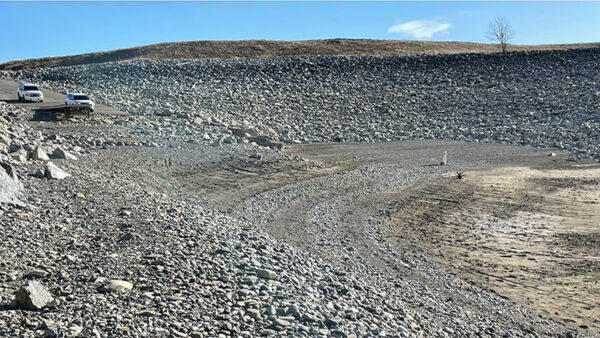

Information released by the Alberta Energy Regulator shows that although fracking uses a small amount of the oil industry’s total water footprint, water use for fracking is increasing steadily.
Between 2013 and 2022, the amount of water used for fracking grew 260 percent. That means the oil industry is now using 2.6 litres for every litre used a decade ago.
It’s helpful to place this water wastage in the context of Alberta’s overall water situation. The province is in a Stage 4 drought and could soon hit Stage 5.
Stage 5 is when the province declares a water emergency under the Water Act.
In February, the St. Mary Reservoir was sitting at 18 percent capacity.
As of March 4, 51 water-shortage advisories were in effect for rivers from the northwest corner of the province to the U.S. border.
The situation improved after the May rains, but as of May 30, 21 water shortage advisories were still in place for water management areas across Alberta.
We Must All Do Our Part
Many towns and municipalities have water restrictions, and some places, like Okotoks and Cochrane, are offering incentives to motivate people to buy items that reduce water usage, especially lawns, which use plenty of water.
Every person and every industry in Alberta needs to rethink their water use, including oil and gas.
Late last year, the Alberta Energy Regulator notified Big Oil that their water allocations could be slashed this summer.
The Regulator also said it would contact individual companies in the South Saskatchewan River Basin, where the water situation was really bad.
The provincial government has yet to say how negotiations are going.
High River mayor Craig Snodgrass says the provincial government needs to get its priorities straight.
“We’ve got Pincher Creek that’s got a backhoe in the Crowsnest River trying to suck water out of it to provide for their community. We’ve got the government saying, ‘Hey, we might have to scale back on oil and gas project water usage,’ yet it’s going to be okay for a coal mine?” Snodgrass said in a HighRiver Online story referring to the controversial Grassy Mountain coal project in the Old Man River watershed.
One thing all Albertans want is fairness. We all need to tighten our belts regarding water usage; there should be no special treatment for one industry sector over another..
Hoping for more rain is not the answer.
Urgent action, including concerted water conservation and equitable water distribution, is required to address the changing climate that has caused excessive heat and drought over the last few years.
